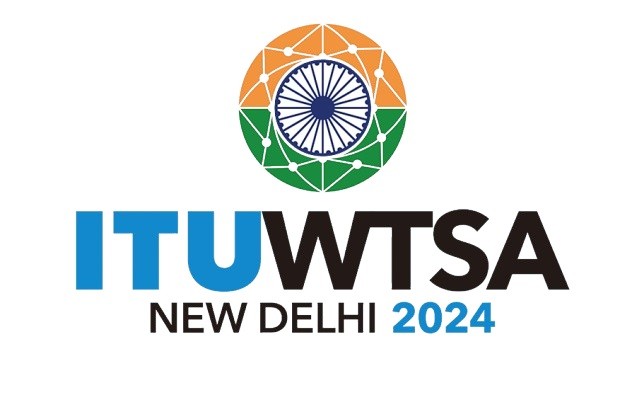Introduction:
According to Census 2011, India’s urban population is 377 million or 31% of the total population. These numbers are expected to increase to 600 million by 2031. The Census 2011 also showed that in 4,041 statutory towns, close to eight million households do not have access to toilets and defecate in the open (7.90 million). Weak sanitation has significant health costs and untreated sewage from cities is the single biggest source of water resource pollution in India. This indicates both the scale of the challenge ahead of the Indian cities and the huge costs incurred from not addressing them.
The Swachh Bharat Mission (SBM) emanates from the vision of the Government articulated in the address of The President of India in his address to the Joint Session of Parliament on 9th June 2014:
“We must not tolerate the indignity of homes without toilets and public spaces littered with garbage. For ensuring hygiene, waste management and sanitation across the nation, a “Swachh Bharat Mission” will be launched. This will be our tribute to Mahatma Gandhi on his 150th birth anniversary to be celebrated in the year 2019”
SBM is being implemented by the Ministry of Urban Development (M/o UD) and by the Ministry of Drinking Water and Sanitation (M/o DWS) for urban and rural areas respectively. These guidelines are for the implementation of Swachh Bharat Mission (Urban).
MISSION OBJECTIVES
- Elimination of open defecation.
- Eradication of Manual Scavenging.
- Modern and Scientific Municipal Solid Waste Management.
- To effect behavioral change regarding healthy sanitation practices.
- Generate awareness about sanitation and its linkage with public health.
- Capacity Augmentation for ULB’s.
- To create an enabling environment for private sector participation in Capex (capital expenditure) and Opex (operation and maintenance).
Employees under SBM (U)
Sl.No | Name | Designation | Contact |
| 1 | R. Lalnuntluanga  | Sanitation Expert | 8729919069 |
| 2 | Ruth Lalbiaknungi  | MIS Expert | 7085206068 |
| 2 | Lalrinthari Zadeng  | IEC Expert | 8974234397 |
Important Links:
1 | |
2 | |
3 | |
4 | |
5 | |
6 | |
7 | |
8 | |
9 | |
10 | |
11 | |
12 |

















